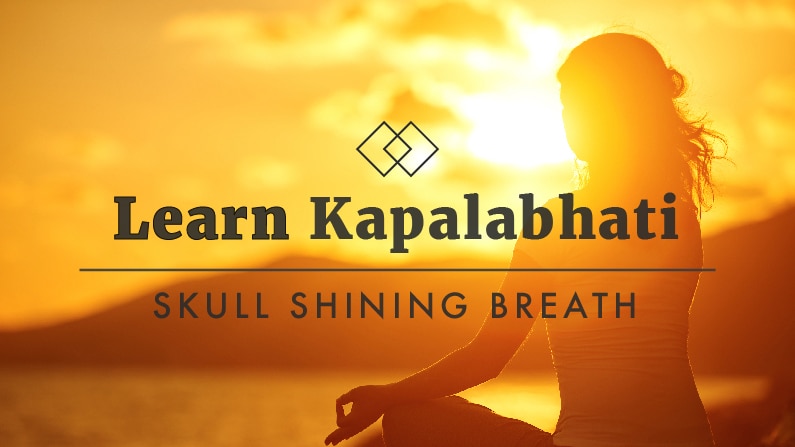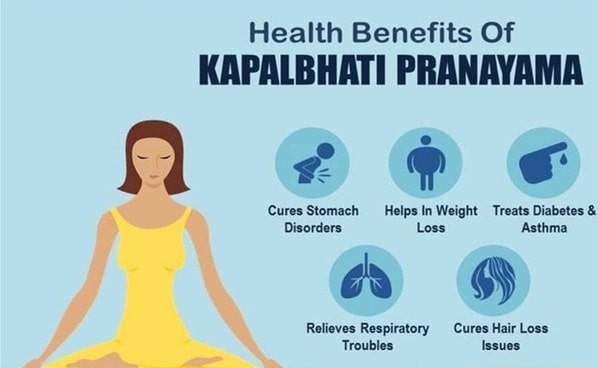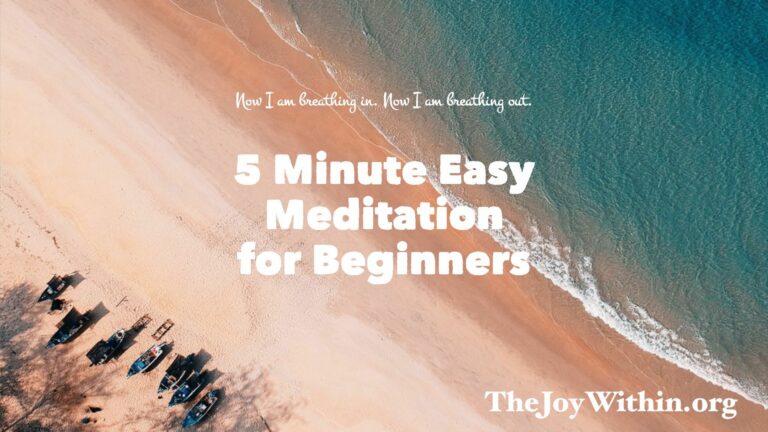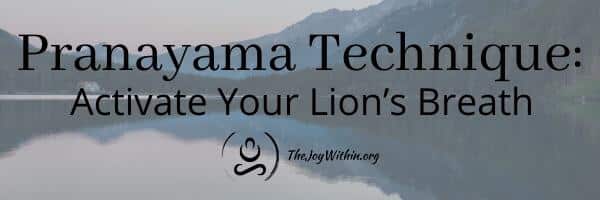What Is Kapalabhati Pranayama?

Kapalabhati breath is a cleansing breath technique (or kriya) that invokes a rapid breath cycle alternating short, forceful exhalations with reactive inhales. This technique is also known as the skull-shining breath, because it allows you to cleanse and enlighten your upper chakras.
In this post, we’ll explore how to do kapalbhati, when to use it, and the benefits that you can get from incorporating this technique into your yoga or meditation practice.
How To Do The Skull-Shining Breath Technique
Like many breath techniques, the basics of kapalabhati are easy to understand, but can take a lot of practice to master.
The fundamental idea behind the skull shining breath is to have a series of short, powerful exhales.
How To Sit: Correct Kapalabhati Breath Posture
To begin, sit comfortably with an erect spine, either in a chair with your feet planted firmly on the floor, or on a yoga mat or meditation cushion. You want to make sure your posture allows free movement of your abdominal region, so sitting erect is very important.
If you’d like, you can place your hands lightly on your belly. This will provide support to your diaphragm and abdomen, as well as help you to feel into the different muscles accentuated by this technique.
Learn The Breath of Fire Technique

Unlike most breath exercises, which begin with the inhale, you can begin this exercise by focusing on your exhale. Exhale with a loud, sharp exhale, lasting no more than one second.
Attempt to expel all of the air from your torso as quickly as possible, while keeping your mouth closed (You may want to blow your nose before you begin!).
If you quickly force all of the air out of your body, you will likely have an immediate reaction to inhale. The inhale will not feel like a complete breath, but will be a knee-jerk response to the sharp exhalation.
When you first begin the exercise, repeat this cycle (sharp exhalation followed by an automatic inhale) slowly. You can allow a brief pause (perhaps 1 or 2 seconds) between each cycle of breath, pausing after the inhale. Use the time to refocus on the upcoming exhale, gathering your strength to repeat the forced exhalation.
If you are new to Khapabalabati, it may take some practice before you master this motion. Keep practicing slowly, for as long as is comfortable for you.
Quickening The Pace: Enlightening The Upper Chakras
Then, to take your pranayama to the next stage, gradually begin to quicken the cycles of breath. First, shorten the pause between the inhale and the exhale, and then remove the space completely. Finally, speed up the pace of the entire cycle, so you are breathing rapidly and forcefully.
It is not uncommon to become tired of this motion, especially once you begin to hasten the cycle. If you do, try to remain focused, and slow your pace to keep an even cycle, rather than stopping and starting unevenly.
As you continue this cycle, you will notice energy beginning to build in your 6th and 7th chakra regions. You will likely begin to have a strong sensation of light in your third eye region, and will feel an intense heat arise throughout your body.
Continue repeating the cycle as this heat builds.
Releasing The Breath: Rest in the Light
Then, release the breath pattern with a long exhale. You can sigh loudly if you’d like. Then take a long, drawn out inhale, and slow exhale for several cycles, perhaps continuing to sigh on the exhale.
Lastly, allow your breath to return to a slow, even, and comfortable pace. Continue sitting motionless, allowing the light and the heat you’ve built up through the kapalabhati to massage your body.
Use this time to rest calmly, and allow whatever visions or insights you may feel to arise.
Health Benefits of Learning Kapalbhati: Breath of Fire
There are a number of great health and spiritual benefits to incorporating this breath technique into your practice.
From an energetic point of view, the skull-shining pranayama helps you to open and align with your higher chakras. The 6th and 7th chakras are often the most difficult energy centers for students to open, and these centers are commonly known as the gateways to spiritual enlightenment, intuition, and higher thought.
Thus, opening your third eye and crown chakras through khapalabati can help you to entertain a higher degree of peace and inner calm, receive answers and guidance, or connect to your spirit guides.

From a physical perspective, this technique is important to expand the flow of oxygen to the brain. Doing this practice even a single time can help you to release mental blocks, clarify your direction, and think more clearly.
Over the long term, the skull-shining breath can help you to dramatically improve your ability to concentrate, remember details, and create mental connections that were previously unclear.
This technique has also been said to cure stomach disorders, help with weight loss, mitigate diabetes and asthma, and improve breath capacity and air-flow through the lungs.
You do not have to use this technique every day in order to see the results from it. Incorporating it into your routine as little as once a month can show marked results.
Learn more breath techniques to improve your meditation practice.



